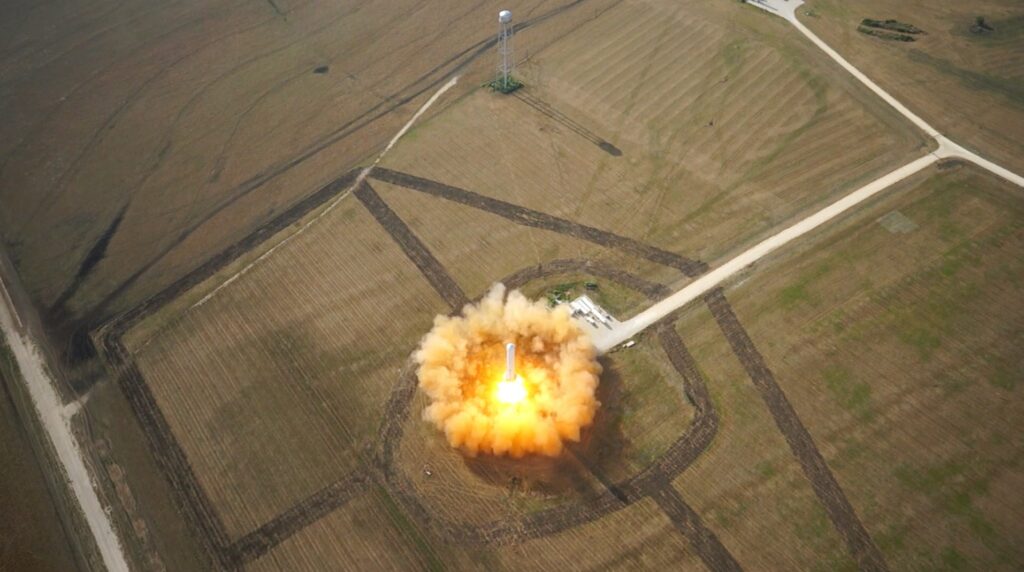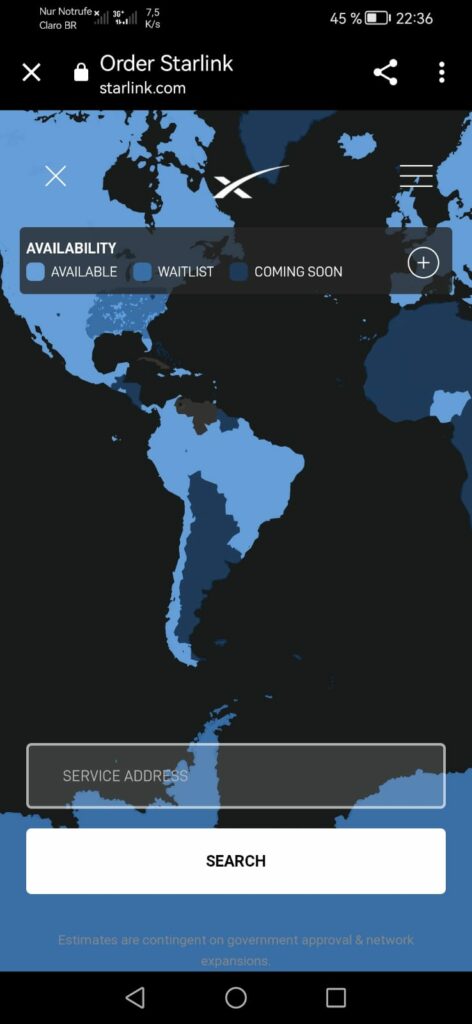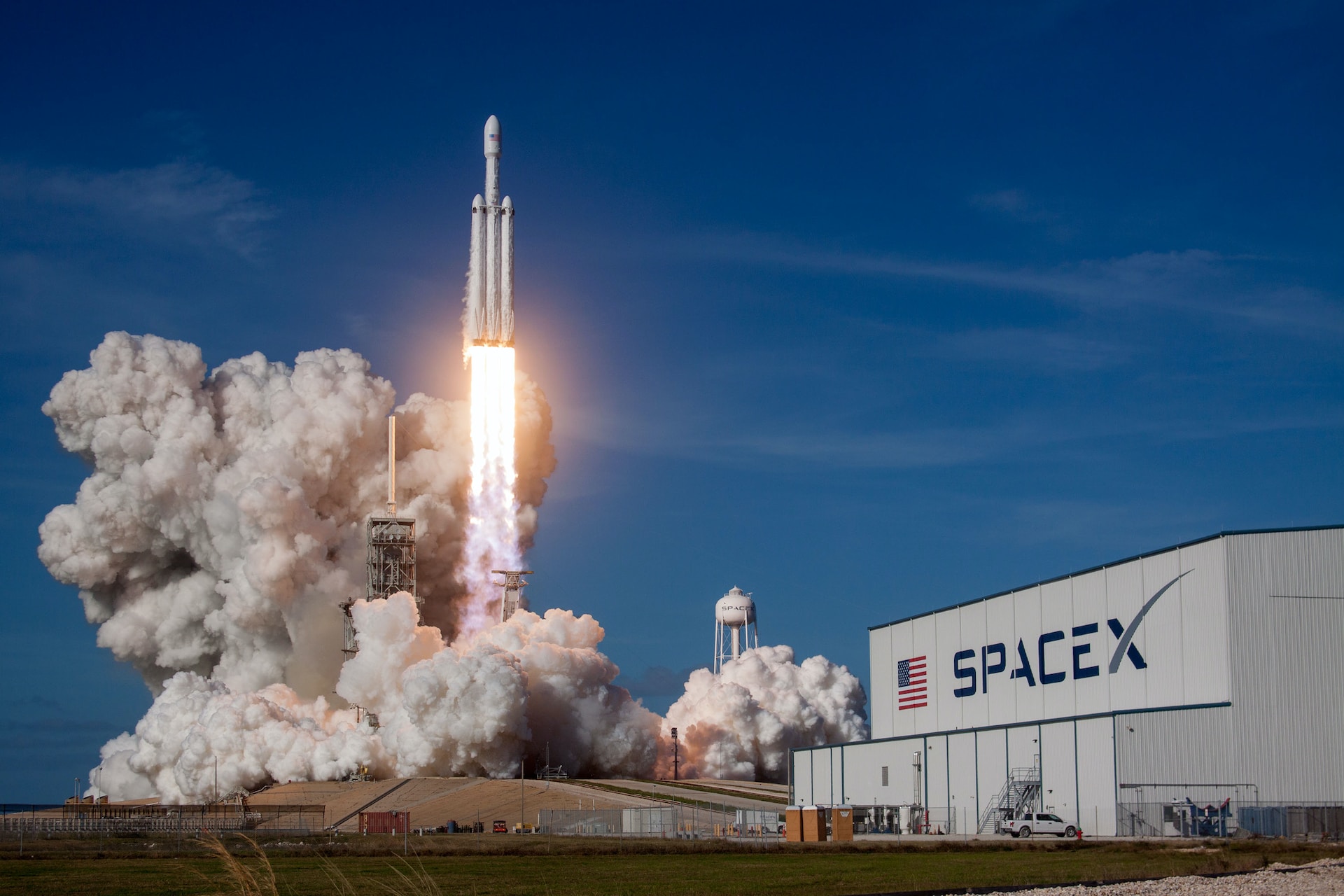After revolutionizing rocket launches, SpaceX is working to make Starlink satellite internet a regular reality. Starlink beams Internet signals through the vacuum of space, which travel 47% faster than fiber-optic cables.
The company refreshes the mega constellation every five years with newer technology. When they’re no longer functional, the modules are steered into Earth’s atmosphere to burn up.
What is it?

Starlink is a satellite constellation created by SpaceX, the private aerospace company owned by billionaire Elon Musk. Its goal is to deliver high-speed internet to areas in the United States, and possibly the world, that have limited or no access to traditional cable and fiber-optic broadband infrastructure. Its constellation will also be capable of providing internet access to ships at sea and aircraft in flight.
The first Starlink satellites were launched in 2018. Since then, there have been multiple launches of the constellation across a variety of orbits. The company plans to eventually launch hundreds of Starlink satellites per launch, which could one day mean that most of the planet will be able to access high-speed internet through space.
While there are already some companies that offer satellite-based internet, these services have not been very successful in delivering fast internet to rural areas. They also suffer from latency issues, which is how long it takes for a signal to travel from the satellite to your device and back again. Starlink’s low-orbit satellites are designed to address these problems.
The satellites in the Starlink constellation are small — about the size of a tablet computer — and operate in a low-Earth orbit (LEO). This allows them to connect with devices on Earth more quickly than larger communications satellites, which must wait for the spacecraft to reach their intended destination before sending data back to the ground station. As a result, Starlink’s satellites can provide internet service up to three times faster than other satellite-based providers.
In addition, the low-Earth orbit of the satellites reduces the amount of time that they spend circling the Earth, which in turn reduces latency. This is especially important as the world continues to urbanize, with more people living in cities than ever before.
It’s worth noting that many astronomers have concerns about the number of Starlink satellites in orbit and how they might interfere with Earth-bound telescopes. However, the satellites are refreshed every five years with newer technology. And at the end of their life, they’re steered into Earth’s atmosphere to burn up, which is much better than leaving debris in space.
How does it work?

When the Starlink constellation is operational, customers should be able to get internet anywhere in the world. Starlink uses a satellite system to broadcast data that can be received by a receiver on the ground or in a drone or airplane.
Starlink aims to connect rural areas and geographically remote regions of the globe where internet service is often unreliable or nonexistent. The company’s website lists the US, UK, Canada, Australia and New Zealand as countries where it currently offers service.
The Starlink network relies on the same technology that other satellite systems use to provide internet access. Each satellite is able to communicate with its neighbors via lasers and relay the information back to the ground control center. The Starlink system also has the ability to switch between satellites to ensure that the customer’s connection stays active.
To make it possible for users to receive the signal, each Starlink satellite has a self-pointing antenna that is capable of detecting the nearest overhead satellites. When the satellite is in range, it automatically locks onto the closest one and maintains the connection as the satellite moves from view. Once it’s in range again, the satellite then re-locks on to the next closest satellite. This process is repeated as the satellites pass by in a sequence called “sync” that SpaceX says is designed to reduce latency.
The first batch of Starlink satellites was launched on a Falcon 9 rocket into an initial parking orbit around 270 miles (440 kilometers) above Earth. Each satellite weighs 573 pounds and has a flat body that can fit on a single Falcon 9 launch vehicle, which can carry up to 60 of them.
Once in orbit, the satellites slowly start to move into their operating orbit above the ISS and Tiangong satellites’ altitude. As they do, the satellites unfold their solar panels and lie flat to resist gravity’s pull and point their panels and antennas toward Earth for customers to receive the signal.
Many astronomers have expressed concern that the massive number of Starlink satellites being put into orbit could cause significant light pollution and interfere with telescopes on the ground. SpaceX has acknowledged the issue and is working to minimize the problem, including experimenting with a dark coating on its satellites.
For whom is it for?
While SpaceX is bringing broadband internet to rural America with Starlink, it’s also working to expand global coverage. During a Q1 2018 conference call, Elon Musk said Starlink was on track to be available worldwide “within a few years.”
The company has been steadily expanding its Starlink network over recent years and is weekly launching batches of new satellites to keep it growing. It offers residential, business, RV and maritime services with plans to eventually add aviation, too.
Unlike most satellite-based internet providers, which use geostationary satellites orbiting 35,786 miles above Earth’s surface, Starlink uses a constellation of satellites in low-Earth orbit (LEO). This allows it to provide faster data connections and lower latency.
As for the service itself, it provides a high-speed connection for streaming, online gaming and video calls. Its pricing is competitive with other rural broadband providers.
If you live in a remote area, you’ll be able to order a Starlink Kit that arrives with everything you need to get connected: a router, cables and base. Once you have it set up, you can start browsing and streaming within minutes. It’s self-orienting and connects as soon as it gets a clear view of the sky. Starlink can withstand extreme cold, heat, hail, sleet, heavy rain and gale force winds. You can also cancel and return your Starlink kit if you don’t like it.
On the downside, many astronomers are concerned that the megaconstellation will make Starlink too bright at night. SpaceX has tried to mitigate this issue by limiting how much the satellites reflect off sunlight and by using less-reflective materials on their most visible surfaces. But some experts argue that these efforts are insufficient and need to be reinforced with stronger regulations from government agencies.
Another concern is that so many satellites in LEO could pose a risk to spacecraft and crews. The risk is exacerbated by the fact that many of the older Starlink satellites will be decommissioned and steered into Earth’s atmosphere to burn up. This will create a huge amount of debris and possibly alter atmospheric chemistry, potentially impacting life on Earth.
Challenges for Starlink
Elon Musk’s space tech company launched the Starlink satellite constellation in February 2022, aiming to create a low-latency network in orbit. The system uses a cluster of small satellites to provide broadband internet for remote areas that don’t have access to traditional cable networks.
Each Starlink satellite weighs 573 pounds and has a flat body, and one SpaceX Falcon 9 rocket can carry up to 60 of them. The satellites communicate with each other and with ground stations via radio signals that transmit across the vacuum of space. Users on the ground can access the signals with a kit that includes a satellite dish with a mounting tripod, a wifi router, cables and a power supply.
Current satellite internet works by using large spacecraft that orbit 22,236 miles above a specific spot on Earth, which can lead to significant delays in sending and receiving data. But SpaceX’s massive constellation of Starlink satellites is much closer to our planet, reducing latency and increasing download speeds.
The Starlink satellites are also designed to work in high-latitude regions, where it can be difficult or impossible for terrestrial internet to reach. As such, the technology could be a lifesaver for remote areas in places like Alaska and in the far reaches of the world.
A recent report by Seattle-based broadband performance testing firm Ookla found that Starlink offers the fastest satellite internet in the world. Its lower latency and higher download speeds mean that users can download videos faster and stream music at a better quality.
But the success of the constellation hasn’t been without its challenges. Last year, the Starlink program lost 40 of the 49 satellites it had launched into orbit, according to Reuters. This was due to a geomagnetic storm that interfered with the modules’ low-Earth orbit.
Despite this setback, SpaceX is moving forward with plans to bring the service to more customers. The company says all of South America (excluding Venezuela) will have access to the service later this year, while northern Australia and other parts of Africa are expected to receive coverage in 2023. And the company’s newest satellites feature visors to prevent light pollution from glancing off them and disrupting communications with Earth.

